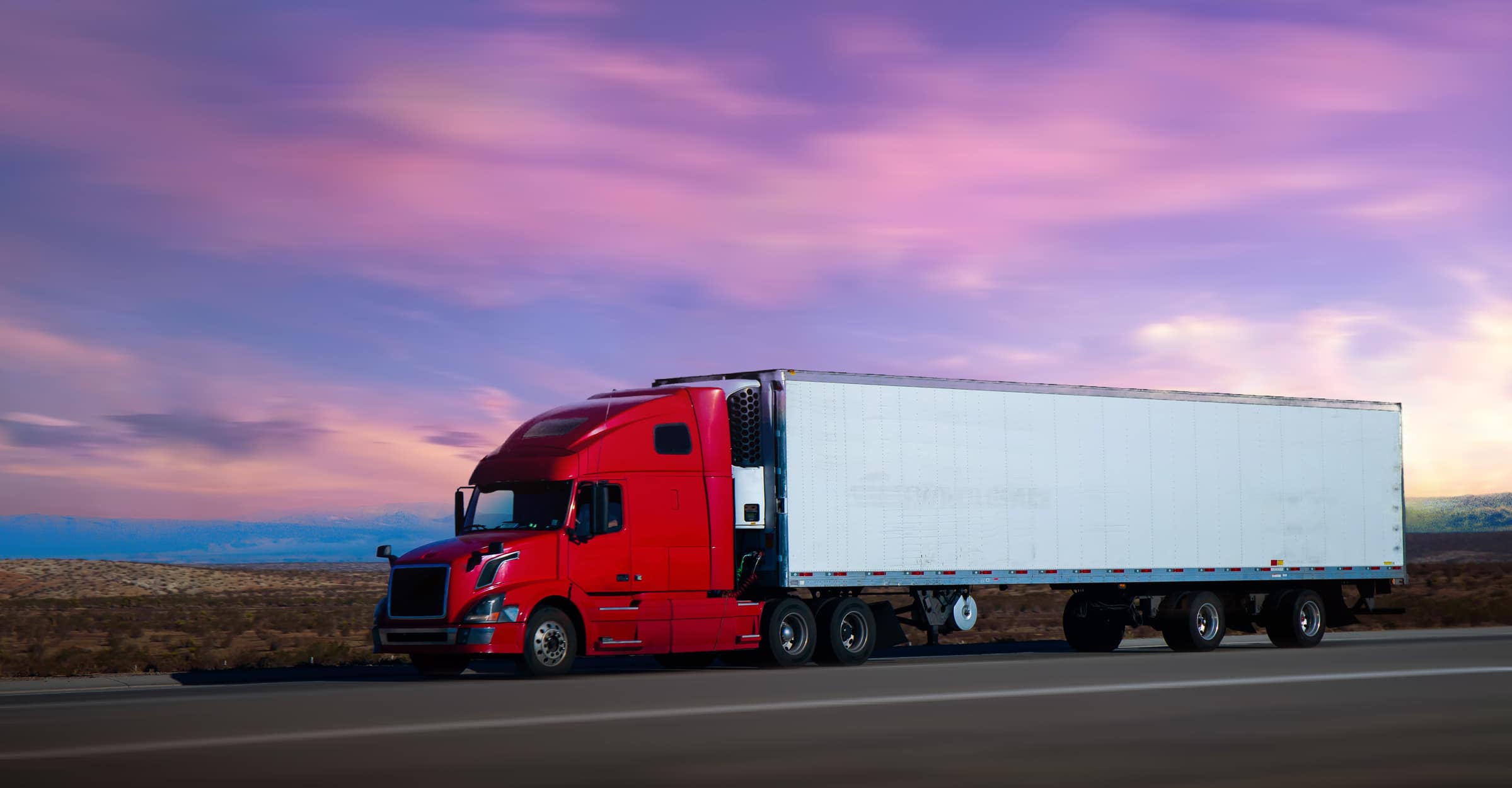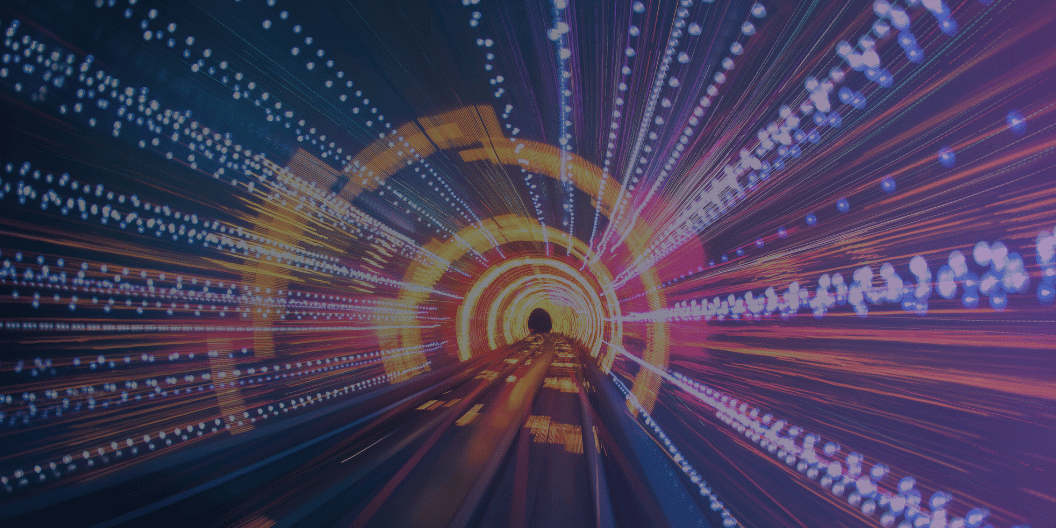Jim Evans, Director of Vision, Automation & Connectivity, Verista
No doubt about it, it’s a competitive labor market. Help wanted signs everywhere, recruiters working ‘round the clock to fill positions, employees leaving to take advantage of greener pastures. One of the areas with the highest turnover rate is product inspection. As important as it is in regulated industries, such as pharmaceuticals and medical devices, many of the duties of product inspection involve tedious, repetitive tasks that are hardly stimulating, and often debilitating.
From production, through packaging, and into distribution, products need to be verified for identity (is this the correct product?), quantity (have we lost any along the way?), and, of course, quality (dimensions, completeness, damage, color, etc.). Even with leading edge automation in technology, it is surprising to see how many downstream processes rely on individual, human, inspection. People do an excellent job of inspecting a given product for specific attributes, but ask those same people to review product after product, hour after hour, and their performance will degrade. Eye strain, repetitive motion injuries, and burnout can result and job satisfaction can suffer as well. Due to the known limitations of human inspection, it is not uncommon to see duplicate, or redundant, inspection stations where a second inspector is just downstream of the first.
There are a lot of automated inspection solutions that can perform these duties, allowing employers to move their inspectors to more value-added, and hopefully, more rewarding roles. For example, vision inspection products and systems can count contents, read bar code and text information, measure physical attributes, such as size, position, orientation, feature presence (or absence) and color, and confirm the identity of the product is in agreement with what the factory schedule says it should be. And these inspection solutions don’t get tired, or injured, or leave for new horizons because they get bored.
There are a wide range of vision inspection products out there. Simple solutions may just consist of a ‘smart’ camera mounted on the production line monitoring items as they pass by. Higher end systems can be comprised of 20 or more cameras, each responsible for one or more attributes to inspect. The results of the inspection – pass, fail, or a measurement – can be passed automatically to the Manufacturing Execution System (MES) and this data can be compiled to help with process improvements upstream of the inspection.
As with human operators, vision inspection systems can be trained to inspect many variations, or SKU’s, of like products. A human inspector might have inspection sheets for each product type. Similarly, a vision inspection system will have digital recipes that are dedicated to each product to be inspected. A change from one product to another can be accomplished by loading the correct inspection file. And an employee who previously performed that inspection could be trained to oversee the inspection system and perform other valuable tasks on the line.
For some of the most difficult inspection tasks, vision inspection systems incorporate artificial intelligence and deep learning capabilities. These systems are taught, or trained, to learn product attributes much like a person. For these applications, the process generally involves taking dozens, to even thousands, of product images and using them to build a set of rules to discern a good product from a bad one. Once these rules are in place, the system can reliably inspect those products and pass or fail them as appropriate. An example of when machine learning can be applied to inspection is for products with reflective surfaces, or low contrast conditions. While a human operator can often discern attributes of a gray product against a gray background, for example, standard vision techniques sometimes fall down in this area. Using deep learning tools, contrast and color variations can be trained in the inspection model to achieve superior inspection results.
At Verista, we’ve been making vision inspection systems for nearly 20 years. We have some standard products, semi-custom platforms, and fully custom solutions. We have systems installed in a variety of markets, including pharmaceutical, medical device, food & beverage, aerospace, automotive, and health & beauty. We have experienced SME’s who are adept at developing inspection solutions and an engineering team that can install and troubleshoot our systems and integrate them with existing factory management systems. We offer unparalleled support, including remote monitoring, service contracts, and on-site service. Contact us here to discuss your vision inspection needs and learn more about our vision inspection capabilities.

Jim Evans leads Verista’s Vision, Automation & Connectivity business unit. His department provides flexible vision inspection and custom automation solutions for critical applications in production, assembly, and packaging.







